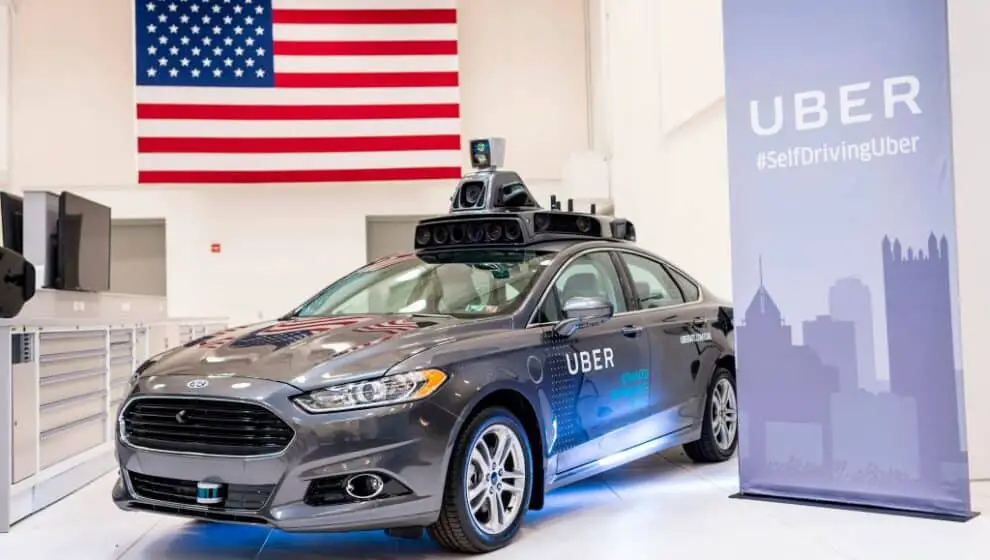Uber is looking to create an electric vehicle (EV) made specifically for ride-sharing capabilities.
Key Details
- Uber is looking to electrify its business by working with EV automakers to design a vehicle made specifically for its ride-sharing service.
- The company is looking to equip the car with the necessary features for ride-sharing, such as lower speeds to use within city limits and other special features like seats in the back where passengers can ride facing each other.
- Uber is also looking to make smaller cars to enhance its delivery service Uber Eats. The cars will be smaller and electric to make it easier for the vehicles to glide through traffic and make less of an economic impact.
- The EV fleet will help Uber reach its goal of having a fully electric fleet in most countries by 2030.
Why it’s news
Uber is looking to electrify its fleet by working with EV automakers to create low-cost EVs designed specifically for its ride-hailing service and delivery line.
The company wants to make an EV for city driving with lower speeds and seating areas designed for multiple passengers.
“I do think that top speeds, for example, that many cars have are not necessary for city driving that’s associated with ride-share,” says Uber CEO Dara Khosrowshahi.“That can reduce the specs, and if you reduce the specs, you can reduce the ultimate cost.”
Uber also has a food-delivery service, Uber Eats, that the company is looking to create smaller EVs that can glide through traffic more efficiently and deliver goods without using too much energy or realizing emissions.
Uber has not released what automakers it is working with to create the EVs but had previously said it was working with a company based out of the UK.
Despite the rough outlook facing the tech sector right now, causing mass layoffs and short revenue, Uber says its customer spending remains strong, allowing the company to continue with its EV pursuit.
“We’ve obviously, because of all the prophecies of doom coming up, been taking a very careful look,” says Khosrowshahi. “What we are seeing in terms of consumer spending on a local basis is still quite strong.”
